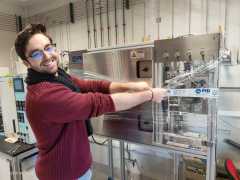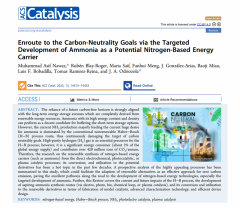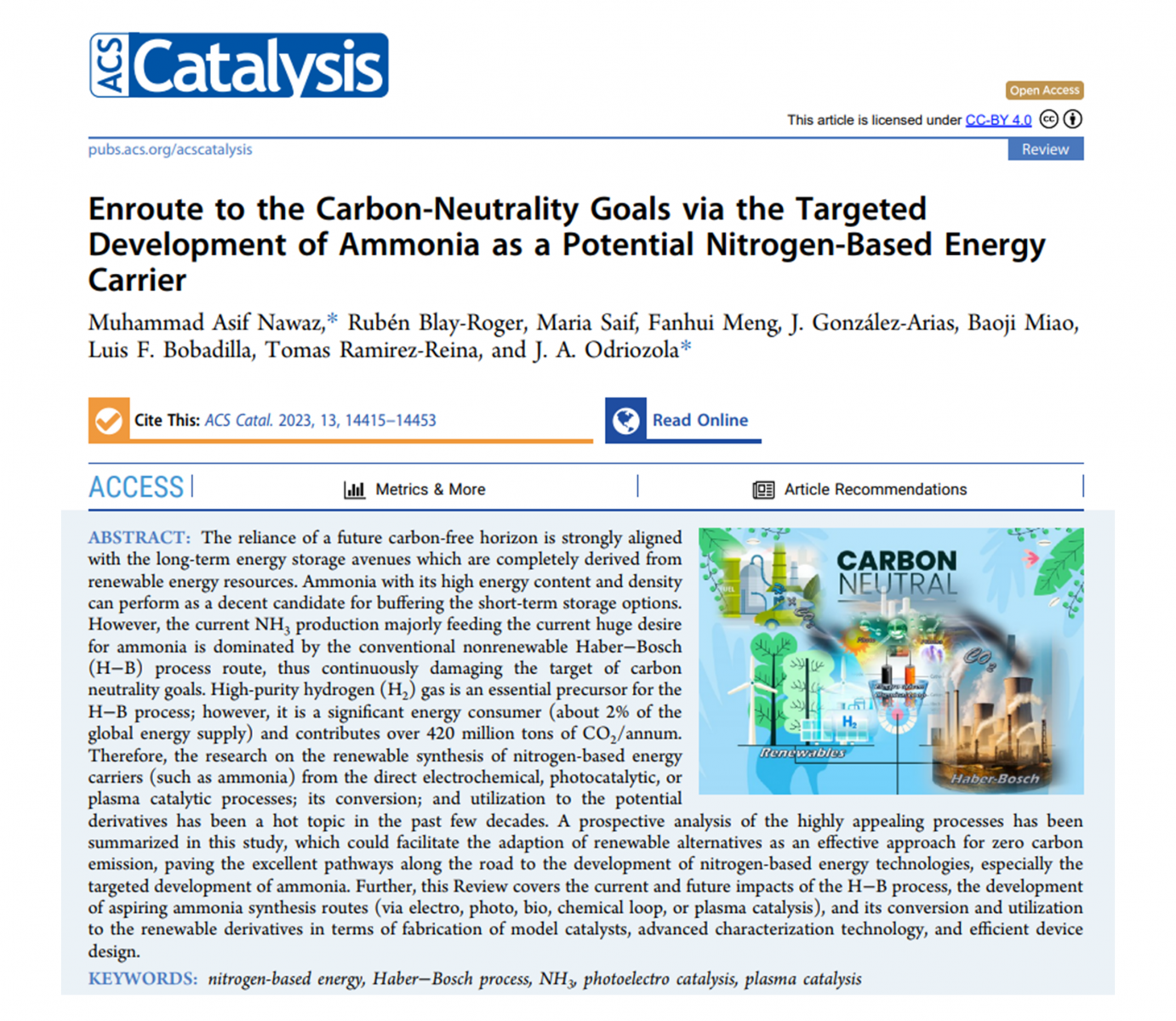«The current goal of the Fischer-Tropsch team is to provide sustainable solutions to current energy problems. Therefore, we are researching tandem catalysts that allow for centralization of processes using syngas streams derived from biomass«
Do you want a more detailed view? Keep reading!
Fischer-Tropsch synthesis (FTS) is a well-established process for producing liquid hydrocarbons from synthesis gas (syngas), which is a mixture of carbon monoxide and hydrogen. FTS has the potential to contribute significantly to a future sustainable energy system by utilizing renewable resources such as biomass, waste, and CO2. However, there are still several technical and economic challenges that need to be overcome to make FTS more attractive.
One of the solutions to these challenges is the use of tandem catalysis. Tandem catalysis involves combining two or more catalysts in a single reactor to promote sequential or simultaneous reactions. In the context of FTS, this means using two or more catalysts to perform multiple reactions simultaneously or sequentially, leading to improved selectivity, activity, and stability.
Tandem catalysis can significantly change the Fischer-Tropsch scenario by improving the efficiency of the process and reducing its environmental impact. For example, the use of tandem catalysis can allow for the conversion of biomass-derived syngas into liquid hydrocarbons with high selectivity, which can be used as transportation fuels. Additionally, tandem catalysis can enable the production of higher value chemicals, such as olefins, which can be used in the production of plastics and other materials.
Furthermore, tandem catalysis can reduce the production costs of FTS by reducing the number of processing steps, which in turn reduces the capital and operational costs of the process. Additionally, tandem catalysis can improve the lifetime of catalysts, which means they will need to be replaced less frequently, further reducing the production costs.
In conclusion, the use of tandem catalysis has the potential to significantly change the Fischer-Tropsch scenario by improving the efficiency, selectivity, and sustainability of the process. By utilizing renewable resources such as biomass, waste, and CO2, tandem catalysis can provide a sustainable solution to current energy problems while reducing the environmental impact and production costs of the process.




